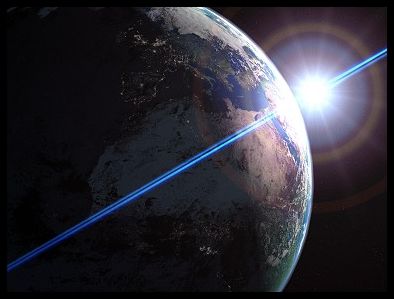
Life in the Universe
Prof. Scott Gaudi

|
Astronomy 141 Life in the Universe Prof. Scott Gaudi |
Key Ideas
Jill Tarter (b1944)
One approach...
Another approach?
Difficulty with 'Skipping to the End'
How many communicating civilizations?
Drake Equation

Number of stars in the Galaxy
Fraction of Stars with Planets
Potentially Habitable Planets
Fraction with life?
Fraction with intelligent life?
Lifetime of civilizations
A Wild Guess
Communicating Average Density
Average Distance
Requirement for at least one "conversation" Lifetime > 1700 years
Listening?
See A Note about Graphics to learn why the graphics shown in the lectures are generally not reproduced with these notes.
[ Return to the Astronomy 141 Main Page | Unit 4 Page ]